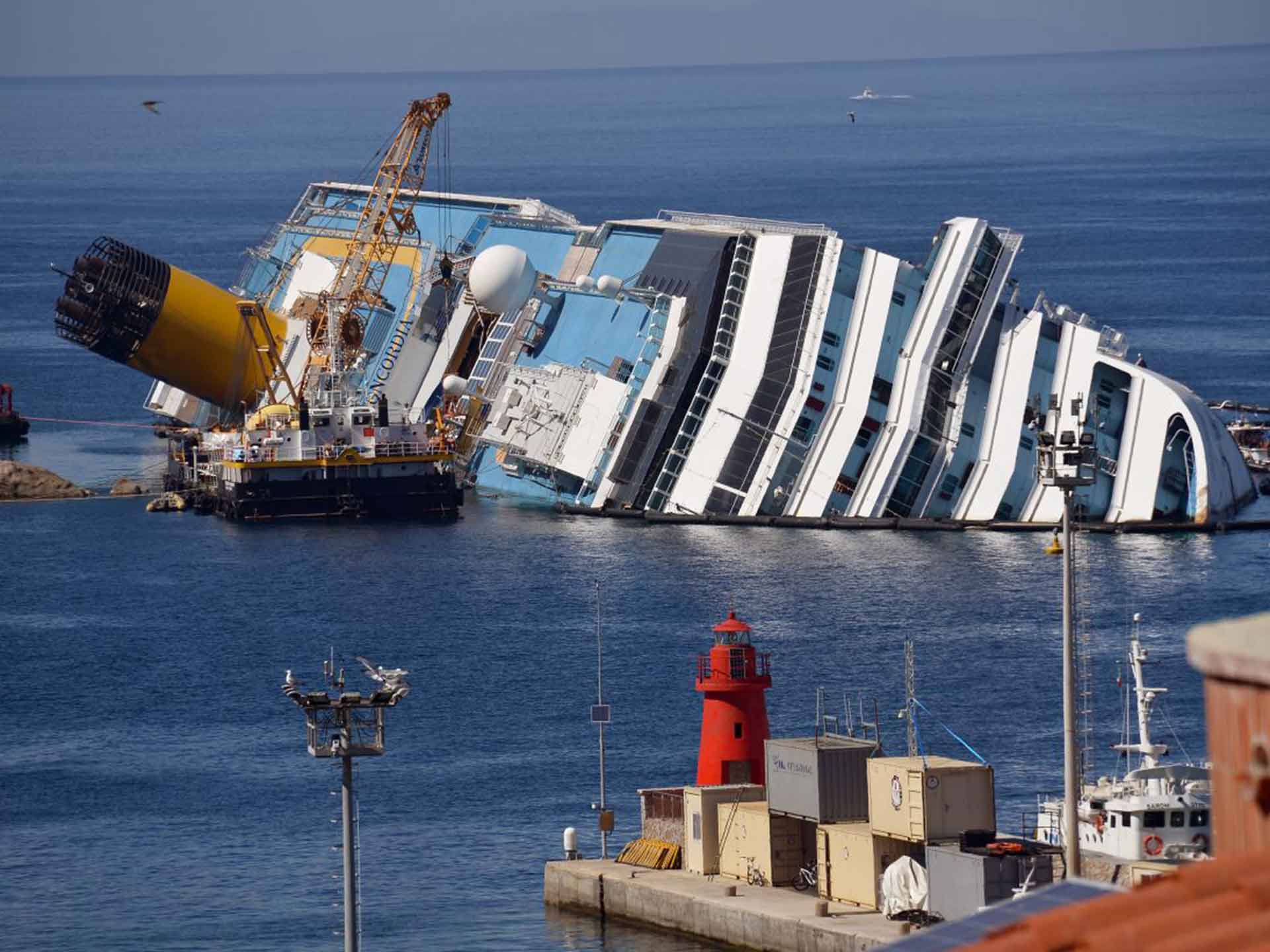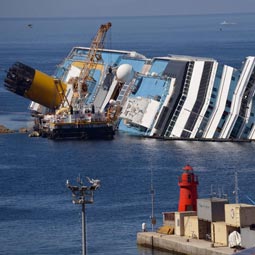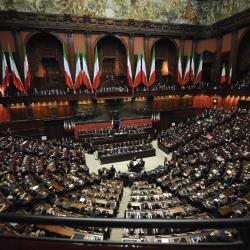Three easy-to-identify factors – threat, time, surprise – can help the organisation to quickly kick-off its crisis communication plan.

Just browse the web and you will get tens of detailed, academic, beautiful definitions of what a crisis is. Let’s take the one drafted by the Institute for Crisis Management (ICM): “A crisis is a significant business disruption that stimulates extensive news media coverage. The resulting public scrutiny will affect the organization’s normal operations and could Also have a political, legal, financial, and governmental impact on its business”. You can find everything you need in it: the public, the stakeholders, the reputation, the business continuity, the media and the media relations. The question is: can such a definition enable an organisation to promptly recognise and react to a crisis? If that’s the goal, a probably better definition is the one drafted by Charles F. Hermann in 1963, referring to international relations: “A situation is a crisis if, and only if, it threatens one or more important goals of a state; allows only a short time for decision before the situation is significantly transformed; and occurs as a surprise”. Three easy-to-identify factors – threat, time, surprise – which will help quickly kick-off your crisis communication plan.
To better know our skills in crisis communication, contact us at: info@stampafinanziaria.com





